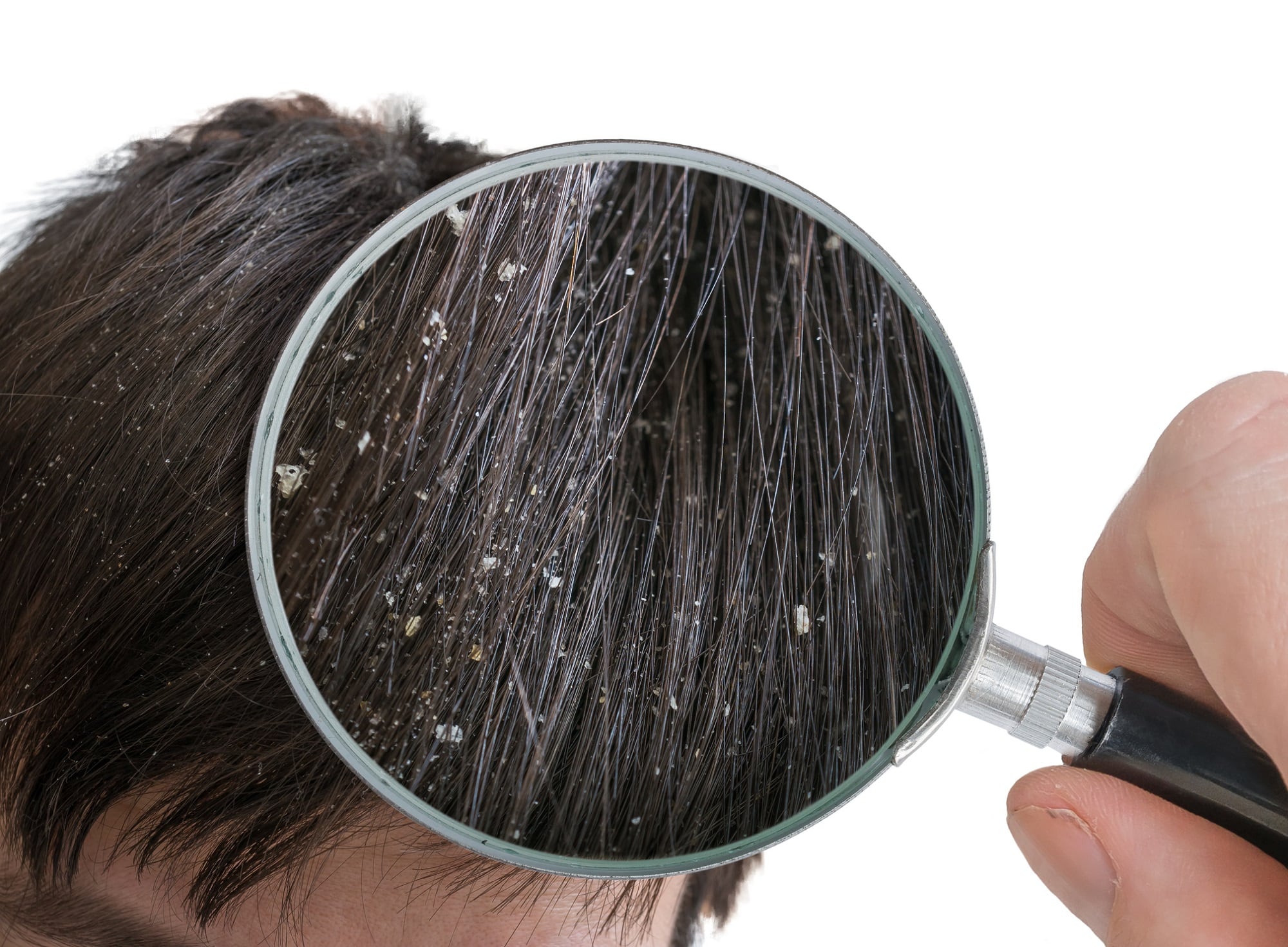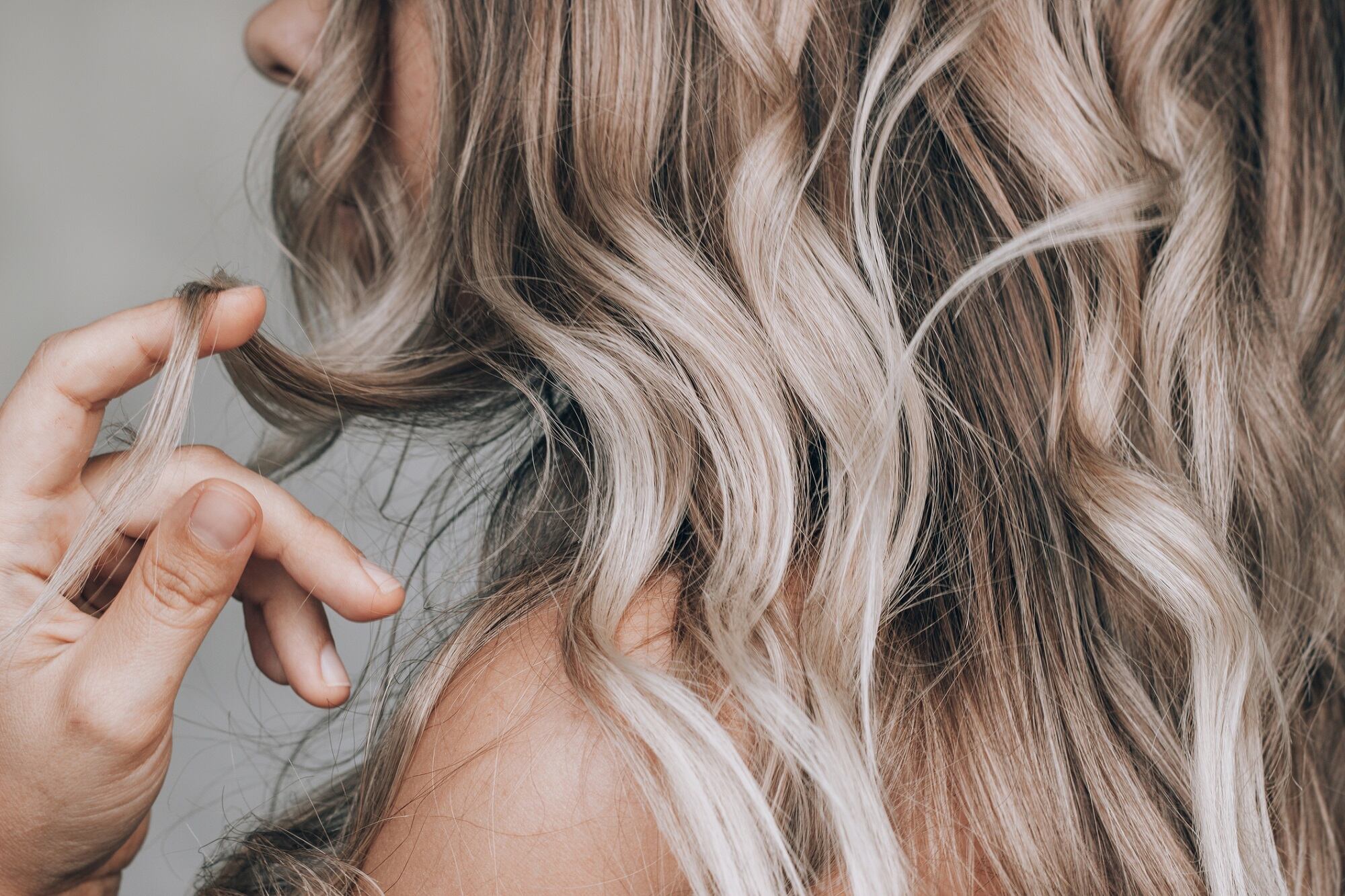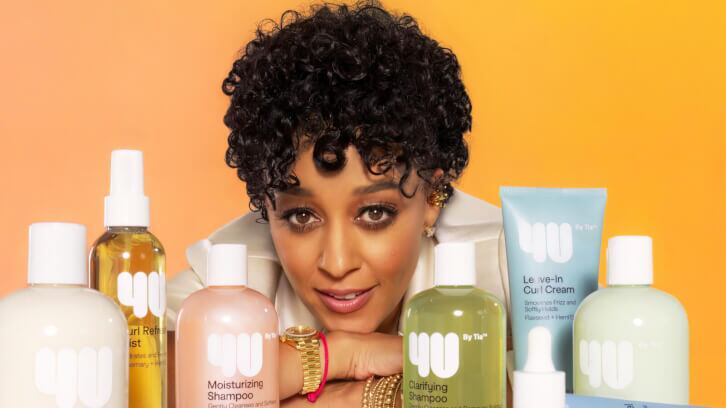As reported by market research firm Statista, in 2024, the US hair care market is projected to generate approximately $13.6bn, representing a forecasted annual growth rate of 1.16%, and qualifying the US as the top revenue generator in this category. To maintain a competitive edge in this steadily growing market, brands, as well as the manufacturers and suppliers who conduct R&D and produce ingredients for hair and scalp care products need to maintain best practices to meet consumer demand – which include staying ahead of formulation trends.
To investigate the most compelling trends in hair and scalp care in 2024, CosmeticsDesign spoke to two industry leaders for their perspectives and forecasts in the space. We interviewed Jami Mitchell, Director of Research & Development at ingredients manufacturer and product formulator Cohere Beauty, and Claudia Barba, PhD, Technical Services Manager, Beauty and Personal Care at global chemical and ingredient distributor Univar Solutions for their insights.
CDU: In your opinion, what are the biggest ingredients to watch in the hair and scalp care product formulation space in 2024?
Claudia Barba, PhD (CB): Innovation in hair care often includes ingredients such as biotin, keratin, argan oil, and hyaluronic acid, which aim to promote strength, hydration, and overall hair health. We’re also seeing solutions for hydration such as Corbion lactic acid AHA.
Consumers are increasingly aware of the impact their everyday routines have on the environment. This awareness promotes consumer activism in the search for sustainable alternatives―hair care products that are gentle on their hair and the environment.
Beauty brands are prioritizing ingredients that are safe, cruelty-free, biodegradable, sustainably sourced, and reduce water usage to meet consumers’ demands for simple and more natural hair care regimens.
Some emerging ingredients in hair care include Cica (centella asiatica) known for smoothing and inflammatory properties; prebiotics and probiotics for a healthier scalp environment; vitamins, from reputable sources such as dsm-firmenich, which include niacinamide (vitamin B3), which supports overall hair health and helps maintain moisture; other well-known vitamins in the skin care market like vitamin A, which promotes the production of sebum, keeping the scalp moisturized, vitamin C, which supports collagen production, and vitamin D, which promotes hair follicle cycling and may help prevent hair loss; and proteins such as quinoa, as the amino acids in quinoa can strengthen and repair hair.
Sustainable alternatives to traditional polyquaternium compounds are also emerging in the hair care industry. Brands are exploring ecofriendly and biodegradable polymers to break down more easily in the environment. They include cellulose derived ingredients from renewable sources and green chemistry employing sustainable manufacturing processes.
Jami Mitchell (JM): Innovative and sustainable ingredients, like adaptogens, biotin, and some upcycled ingredients allow us to be socially conscious with our raw materials and use ingredients that are good for us and the environment.
Additionally, bond-building and strengthening ingredients have been on the market for quite some time, and we don’t see it exiting any time soon. Stylists and consumers are continuing to ask for these types of products.
Many of the requests we see that come through our lab are specifically geared toward strengthening and repair. Right now, these products are huge in the masstige market — many brands are playing in this space, and even some mass retail brands are trying to incorporate these ingredients at a better price point to piggyback on these same types of claims.
CDU: What are the biggest trends in hair and scalp care products in 2024, and how can product research and development incorporate these trends to better meet consumer demand?
CB: The hair care market is dynamic and continually evolving, influenced by changing consumer preferences, technological advancements, and sustainability. Diversity and inclusivity are reflected in a shift toward developing products for diverse hair types, textures, and cultural needs.
The scalp care market has seen significant growth in recent years, driven by a growing awareness of the importance of scalp health and the demand for specialized products. Recent scalp trends focus on products that address scalp concerns such as dryness, oiliness, sensitivity, and microbiome care.
Microbiome-friendly formulations are emerging, claiming gentle pH-balanced products that avoid disrupting the natural balance of the scalp microbiota and supporting the natural balance of the scalp’s microbiome.
We are also observing more technology integration with the use of advanced technologies such as diagnostic tools to assess scalp health and recommend tailored products. These trends indicate a growing understanding of the importance of the scalp microbiome in maintaining healthy hair and a focus on developing products that support this balance.
JM: The first trend we’re seeing is minimalistic hair care. Especially as we look at Gen Z and Gen Alpha, consumers want to make their hair care routine as simple as possible — less is more for these consumers.
Many seek to embrace their natural hair and ask which products they can use — without needing to use excessive quantities of products — to get their desired results. I think the big push here will be around high-quality products and a desire to achieve “effortless beauty.”
In the stylist space, many of the haircuts trending for 2024 fall into one of two categories: low-maintenance cuts or low-maintenance styling. We are thinking about how to create products that pair well with those types of cuts.
Scalp care is also trending. A healthy scalp is the foundation for healthy hair. Currently, we see a lot of brands throwing everything they can into these products, trying to target a multitude of issues.
That said, I think moving forward, we are going to see more of a targeted approach to scalp care and aiming products at specific concerns — whether that’s an oily scalp, a dry scalp, or something else — and not trying to be a one-size-fits-all product that fixes all issues.
The third trend we’re seeing is holistic hair care. Hair care isn’t just about the products you use on your hair — it’s everything from diet to supplements, to supportive lifestyle regimens. Essentially, it’s recognizing that healthy hair starts on the inside — the better you take care of yourself, the healthier your hair will be.
CDU: Are there any ingredients in the hair care and scalp care spaces that you anticipate will decline in popularity in product formulations in 2024? If so, what are those ingredients and why do you anticipate their popularity will wane?
CB: There are a growing number of brands manufacturing products as "free from" sulfates, 1,4- dioxane, and parabens due to concerns from their potential drawbacks.
Brands are increasingly opting for formulations with sulfate-free cleansers that are gentle on hair and less likely to strip natural oils. In addition, 1,4-dioxane is an example of a potential contaminant in hair products. It is not an intentionally added ingredient, but it can form during the manufacturing process.
Due to potential health concerns, some brands have taken steps to minimize or eliminate 1,4-dioxane from their formulas. These shifts align with the growing demand for cleaner, more transparent ingredients in hair care.
JM: Ingredients tend to cycle in their popularity and predicting specific ingredients that will phase out of the hair care industry over the next several years is speculative. Raw material trends are largely rooted in consumer preferences, technological advancements, changes in the regulatory landscape and environmental concerns.
CDU: What are your company’s plans for innovation and development in the hair and scalp care ingredient formulation space in 2024?
CB: As a global leader in chemical and ingredient distribution, we work closely with many different specialty ingredient suppliers and help customers bring forward innovative and sustainable solutions.
Hair care products are expected to continue offering high performance formulations with multi-functional benefits. Within our portfolio, the ingredients we offer provide the flexibility to optimize aesthetics without sacrificing performance.
As innovations emerge in damaged hair care, we are helping to create new products that answer to specific hair care needs, such as hair type, damage, and lifestyle. When it comes to scalp care, hybrid skin-hair formulas that give consumers convenience and value are becoming more of apriority.
JM: Cohere Beauty has always been on the forefront of insights and trends — in 2024, we plan to delve even further to understand consumer behavior, insights and segmentation of the hair care and scalp care category to help us better address our customers’ needs and help them better position themselves for differentiation in the marketplace.
Hair care is such a crowded marketplace — the more we can help our customers better define and clarify their point of difference, the more successful they will be.





